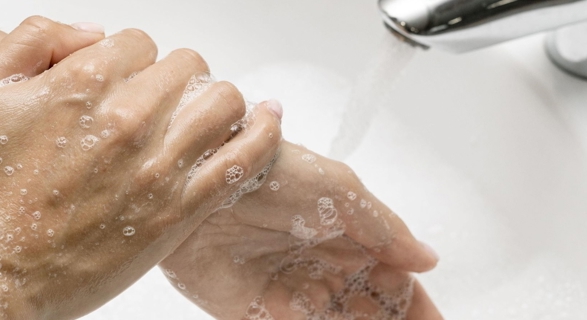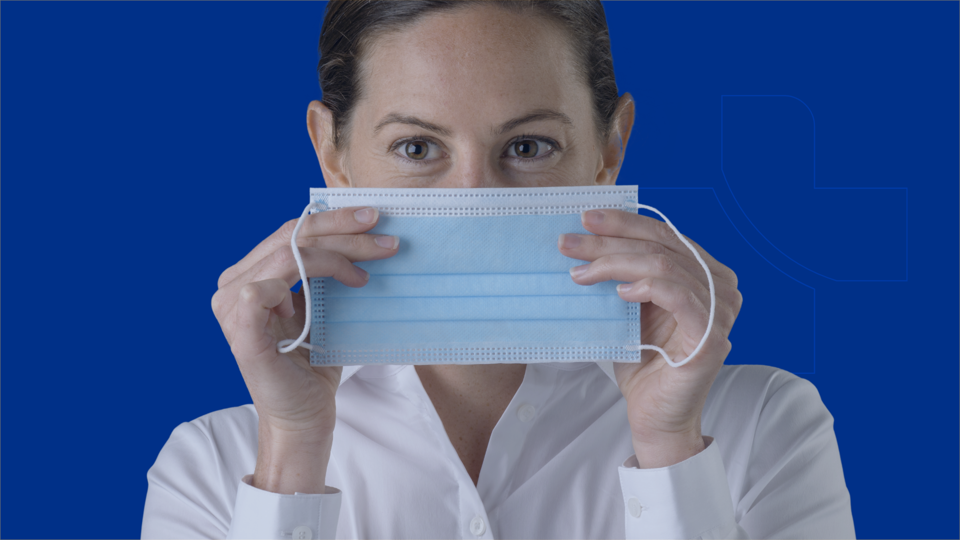Face masks and respirators play a key role in maintaining health and safety across a number of industries and environments. That said, different types are designed for specific purposes and are often best suited to particular settings. For example, while a medical mask might provide adequate protection in a clinical environment, using the same mask in an industrial setting could leave you at risk of exposure to harmful particulate matter. With this in mind, it’s important to choose a face mask or respirator that best suits your needs.
In this guide, we’ll be comparing medical masks, N95 Surgical Masks, P2 Respirator Masks and P2 Respirator Masks with valves to help you understand their uses and when to wear them.
Medical masks
Medical procedure masks are lightweight, disposable masks intended for use in day surgery or clinical settings with minimal risk of fluid or blood exposure.
When to use them?
Besides day surgery and clinical settings, medical masks are also appropriate for use in hospitals, dental clinics, aged care facilities and veterinary clinics. Because these masks also provide protection against bacterial exposure, they’re often used as a form of everyday protection in crowded places and workplace environments, including customer service, pharmacies, food service and beauty clinics.
Effectiveness and limitations
Medical face masks aren’t designed to filter out fine airborne particles. Due to their loose fit, they typically provide less protection compared to respirator masks, including N95 surgical respirator masks and P2 respirators.
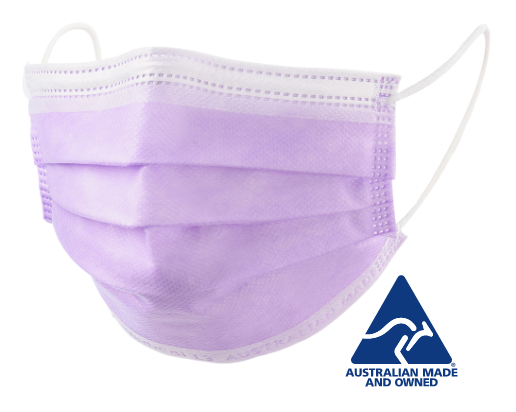
N95 surgical respirator masks
N95 surgical respirator masks are a type of high-filtration mask designed to filter out 95% of non-oil-based airborne particulates and bacteria while also protecting against blood or fluid splash. These masks are designed and tested to comply with a range of global performance standards. Specifically, they must adhere to the core requirements of an N95 respirator as outlined in NIOSH 42 CFR Part 84.
When to use them?
Based on the higher level of protection offered by N95 surgical respirator masks, they’re often used in environments with a high-risk of airborne contaminants and infectious diseases, like healthcare and hospital settings that conduct fit checking procedures. These settings often include operating theatres, emergency, infection control, oncology or haematology.
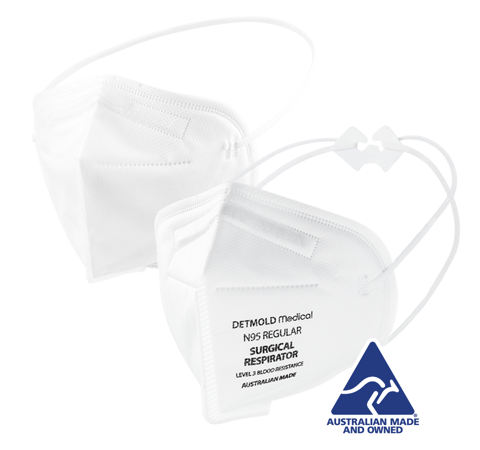
Effectiveness and limitations
Compared to medical face masks, N95 surgical respirators provide a close facial seal and greater filtration efficiency. While these masks are designed with comfort in mind, they can be difficult to breathe through over extended periods of time.
Due to the facial seal, these respirator masks require fit testing to ensure optimal performance.
P2 respirator masks
Like N95 surgical respirator masks, P2 respirator masks offer a higher level of filtration efficiency, also filtering out non-oil based airborne particles. That said, P2 respirators are designed to meet a different set of testing requirements compared to N95 surgical respirator masks. While N95 surgical respirator masks must be NIOSH certified, P2 respirators comply with the Australian/New Zealand Standard (AS/NZS 1716:2012).
When to use them?
P2 respirators are intended for use where particulate filtration efficiency (PFE) of 95% or greater is required. With this in mind, they’re typically used in hospitals, healthcare and clinical environments that conduct fit checking procedures.
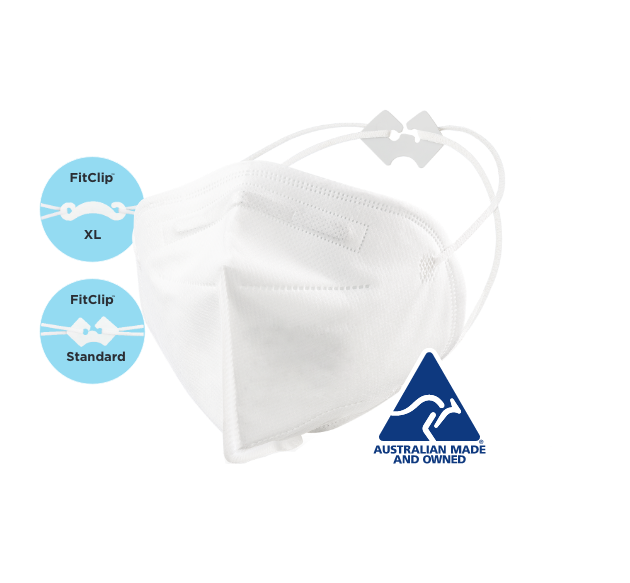
Due to the high level of filtration efficiency offered by these masks, they can also be used in industrial settings to protect against the inhalation of dust and smoke.
Effectiveness and limitations
Once again, P2 respirators are designed to create a tight facial seal, so they need to be fit tested to ensure complete protection.
P2 respirator masks with valves
P2 respirator masks with exhalation valves offer the same level of protection as regular P2 respirators with the addition of exhalation valves for easier breathing. These respirators protect wearers against fine dust, smoke and other hazardous airborne particles.
When to use them?
P2 respirator masks with valves are typically used in industrial settings like construction and mining sites. However, these respirators are not suitable for medical settings, especially in instances of source control, as the valve allows for unfiltered exhalation.
Effectiveness and limitations
Thanks to the addition of the exhalation valve, these types of P2 respirations are usually considered more comfortable for long-term wear in industrial settings. That said, the valves mean that they’re not effective in preventing the spread of infectious diseases. This means that if the wearer is infected, their exhaled breath, including potentially infectious respiratory droplets, can exit the mask unfiltered, posing a risk to those around them.
Choosing the right face mask is essential for ensuring proper protection in different environments. Whether you need a medical mask for everyday use, an N95 surgical mask for high-risk healthcare settings, or a P2 respirator for workplace safety, understanding their differences helps you make an informed decision.
For high-quality medical and respirator masks, explore Detmold Medical’s range of trusted respiratory protection.


